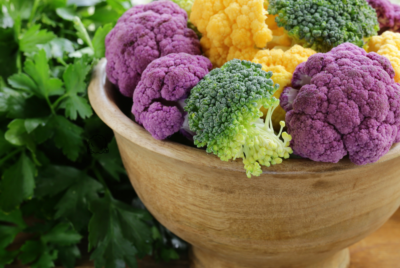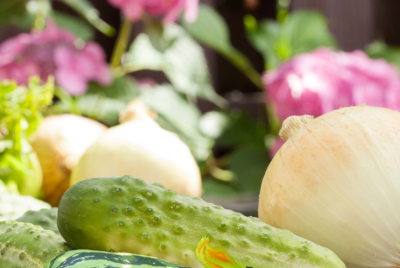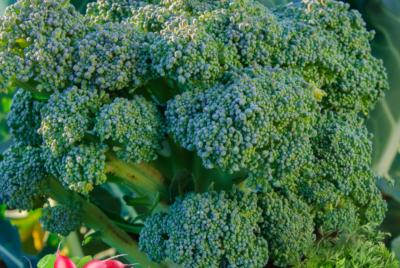Nasturtium Companion Plants
Nasturtium Companion Plants – 10 Proven Strategies For Garden Success
Overwhelmed by the challenges of gardening? Fear not, for we have the ideal solution – nasturtiums. These vibrant and versatile flowers are not just a pretty addition to your garden; Nasturtiums are powerful companion plants that can greatly enhance your gardening success. In this post, we will examine into 10 proven strategies for incorporating nasturtiums into your garden, providing you with expert tips on how to maximize their benefits and create a thriving and harmonious garden ecosystem. So, grab your gardening gloves and let’s get started!
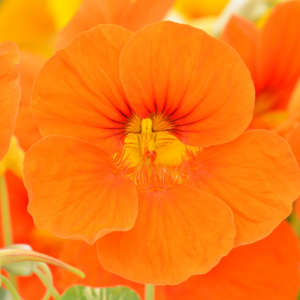
Key Takeaways:
- Nasturtiums are versatile plants: They can attract beneficial insects, repel pests, and even improve the flavor of other plants.
- Plant nasturtiums near squash: Nasturtiums can help repel pests that commonly affect squash plants, such as squash bugs and cucumber beetles.
- Grow nasturtiums near tomatoes: Nasturtiums are known to repel aphids, which can be a common problem for tomato plants.
- Include nasturtiums in your vegetable garden: They can serve as sacrificial plants, attracting pests away from your other vegetables.
- Benefit from the vibrant flowers of nasturtiums: Not only are they beautiful to look at, but they are also edible and can add a peppery flavor to salads.
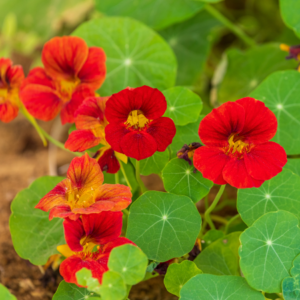
Nasturtium Companion Plants – Getting Started.
Choosing the Right Nasturtium Variety
Right when starting with nasturtiums, it is vital to choose the right variety that suits your garden and preferences. Nasturtiums come in both trailing and bush varieties, with a range of colors from vibrant oranges and yellows to rich reds. Consider the space you have available and whether you want your nasturtiums to cascade over containers or fill out a garden bed.
Best Planting Practices for Nasturtiums
Planting nasturtiums is a straightforward process that can yield beautiful results in your garden. To get Started, sow nasturtium seeds directly into well-draining soil after the last frost has passed. Ensure they receive plenty of sunlight and water regularly. These hardy plants don’t require much fertilizer and actually thrive in poor soil, making them a low-maintenance addition to your garden.
Proven Strategies for Companion Planting with Nasturtiums
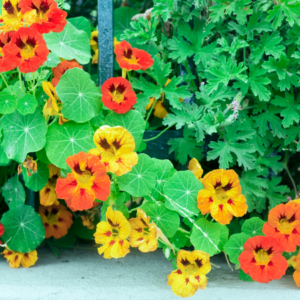
Enhancing Vegetable Growth
For a boost in your vegetable garden, consider planting nasturtiums alongside your veggies. Nasturtiums are known to enhance the growth of plants like tomatoes, cucumbers, and beans. Their trailing vines can provide shade to the soil, helping to retain moisture and keep the roots cool during hot summer days. Additionally, nasturtiums act as a natural deterrent to pests like aphids and whiteflies, protecting your vegetable plants.
Attracting Beneficial Insects and Pollinators
Attracting beneficial insects and pollinators to your garden is crucial for a thriving ecosystem. Nasturtiums are a magnet for bees, butterflies, and other beneficial insects due to their bright colors and sweet nectar. These pollinators play a vital role in the garden by helping to pollinate flowers and increase fruit production. By planting nasturtiums strategically throughout your garden, you can create a welcoming environment for these important creatures.
For instance, planting nasturtiums near crops that require pollination, such as squash or melons, can increase the chances of a bountiful harvest. The presence of beneficial insects can also help to reduce the population of harmful pests that may damage your plants. Overall, incorporating nasturtiums into your garden design is a win-win for both your plants and the environment.
Managing Pests and Diseases
Natural Pest Control with Nasturtiums
Keep pests at bay in your garden by strategically planting nasturtiums. These colorful flowers act as a natural repellent for bugs like aphids, whiteflies, and even squash bugs. The strong scent of nasturtiums confuses pests, keeping them away from your other precious plants.
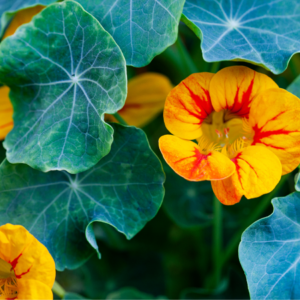
Preventing Common Garden Ailments
An vital aspect of maintaining a healthy garden is preventing common ailments that can plague your plants. Pest prevention is key to a thriving garden ecosystem. Planting nasturtiums not only deters pests but also helps in preventing fungal diseases like powdery mildew. Their anti-fungal properties can protect your garden from infections that thrive in damp conditions.
Advanced Tips and Tricks
- Companion Planting Combinations to Avoid
Avoid Planting With Reason Beans Nasturtiums can inhibit their growth Cabbage Can attract pests that may harm cabbage - Maximizing Your Harvest with Companion Planting
Companion Planting Strategies Benefit Planting nasturtiums with tomatoes Attracts beneficial insects that prey on tomato pests Pairing nasturtiums with squash Repels squash bugs and beetles
Companion Planting Combinations to Avoid
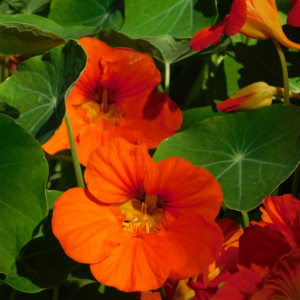
Avoid planting nasturtiums with beans, as they can inhibit the growth of beans. Additionally, refrain from pairing nasturtiums with cabbage, as they may attract pests that can harm the cabbage crop.
Maximizing Your Harvest with Companion Planting
An crucial aspect of maximizing your harvest through companion planting is choosing the right plant combinations. By planting nasturtiums with tomatoes, you can attract beneficial insects that prey on tomato pests, ultimately aiding in the health and yield of your tomato plants. Similarly, pairing nasturtiums with squash can repel squash bugs and beetles, leading to a healthier squash crop.
Conclusion on Nasturtium Companion Plants
Considering all points discussed in this article, incorporating nasturtiums into your garden using these 10 proven strategies can greatly enhance your gardening success. From attracting beneficial insects to deterring pests and providing a beautiful aesthetic, nasturtiums are an excellent companion plant for various fruits, vegetables, and herbs.
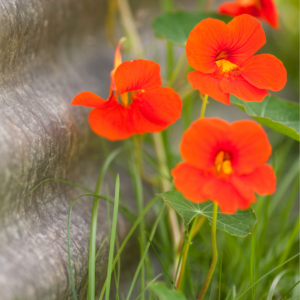
FAQ’s about Nasturtium Companion Plants
Q: What is companion planting?
A: Companion planting is a gardening technique where different plants are grown together to benefit each other in various ways, such as pest control, pollination, and nutrient absorption.
Q: Why are nasturtiums good companion plants?
A: Nasturtiums are good companion plants because they can repel pests, attract beneficial insects, and improve the overall health of the garden through their natural properties.
Q: How can nasturtiums help in pest control?
A: Nasturtiums have a strong scent that can deter pests like aphids, beetles, and whiteflies. They act as a natural pest control method, protecting nearby plants from infestations.
Q: Which plants benefit from being planted with nasturtiums?
A: Plants like tomatoes, cucumbers, radishes, and beans benefit from being planted with nasturtiums. These companion plants can help improve growth, flavor, and overall yield.
Q: How should nasturtiums be planted for optimal garden success?
A: Nasturtiums should be planted in well-drained soil with plenty of sunlight. They can be used as border plants, planted near vegetables that need protection, or even grown in hanging baskets for cascading beauty.
Companion Planting Cantaloupes
21 Herbs and Spices you should always Grow


